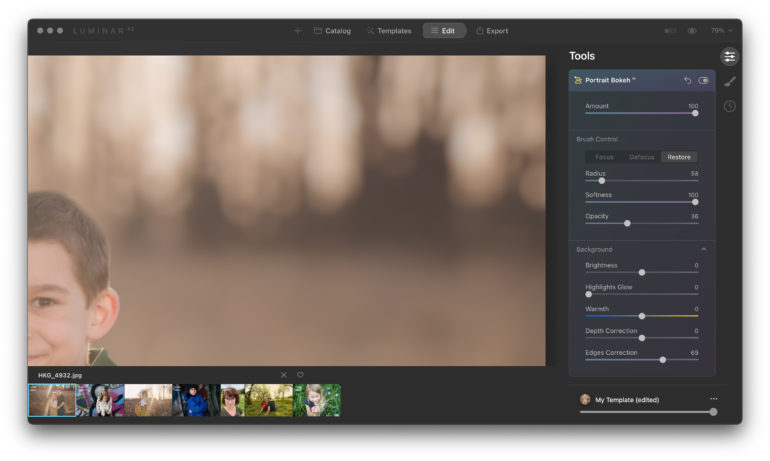

Even so, look just a binocular field above the horizon.

On April 11 Mercury reaches its greatest angle away from the Sun in the evening sky, and for northern hemisphere viewers, is angled at its highest in the western sky. If you want to check Mercury off your sighting list this year, this is a good week to do it. But Venus is by far the brighter of the two worlds. They’ll be close enough to frame nicely at medium power in a telescope, though the featureless gibbous disk of Venus will appear small, about the third the size of Jupiter’s banded globe.

On Wednesday, March 1 the sky’s two brightest planets, Venus and Jupiter, pass within half a degree of each other, in arguably the year’s best conjunction. Here’s a date to circle on your calendar. They will appear about 1° (two Moon diameters) apart, with Venus about a binocular field below. But before they meet, the crescent Moon, with its dark side lit by faint Earthshine, joins the planets in a particularly close conjunction with Jupiter. And look for the thin day-old crescent Moon just over a binocular field below the planet pair.Ī month later, on Wednesday, February 22, Venus has now ascended higher, preparing to meet up with descending Jupiter. Use binoculars to pick out dimmer Saturn. The two planets pass each other on Sunday, January 22, when they appear just one-third of a degree apart in the twilight. All sky charts were created with SkySafari software, available here for desktop and mobile devices.Ĭlick or tap on any of the illustrations to bring up a full-screen view with more detail and readable labels!Īs 2023 opens, Venus is beginning its climb into the evening sky, while Saturn is sinking into the sunset. However, the view will be similar from other locations. (So the solar eclipse of April 20 visible from Australia and the South Pacific, and the two minor lunar eclipses this year don’t make the cut!)įor most events, unless otherwise stated, the scene depicted is for southern Ontario, Canada. I’ve picked just one event per month, and I’ve focused on events best for unaided eyes or binoculars, and visible from North America. Mine is certainly not an exhaustive list. Here’s my preview of some of the best celestial events for 2023. Annular Eclipse taken from a site east of Douglas, Arizona showing “reverse” Bailey’s Beads -lunar mountains just touching Sun’s limb 4-inch f/6 apo refractor at f/15 with Barlow lens Ektachrome 100 slide film.


 0 kommentar(er)
0 kommentar(er)
